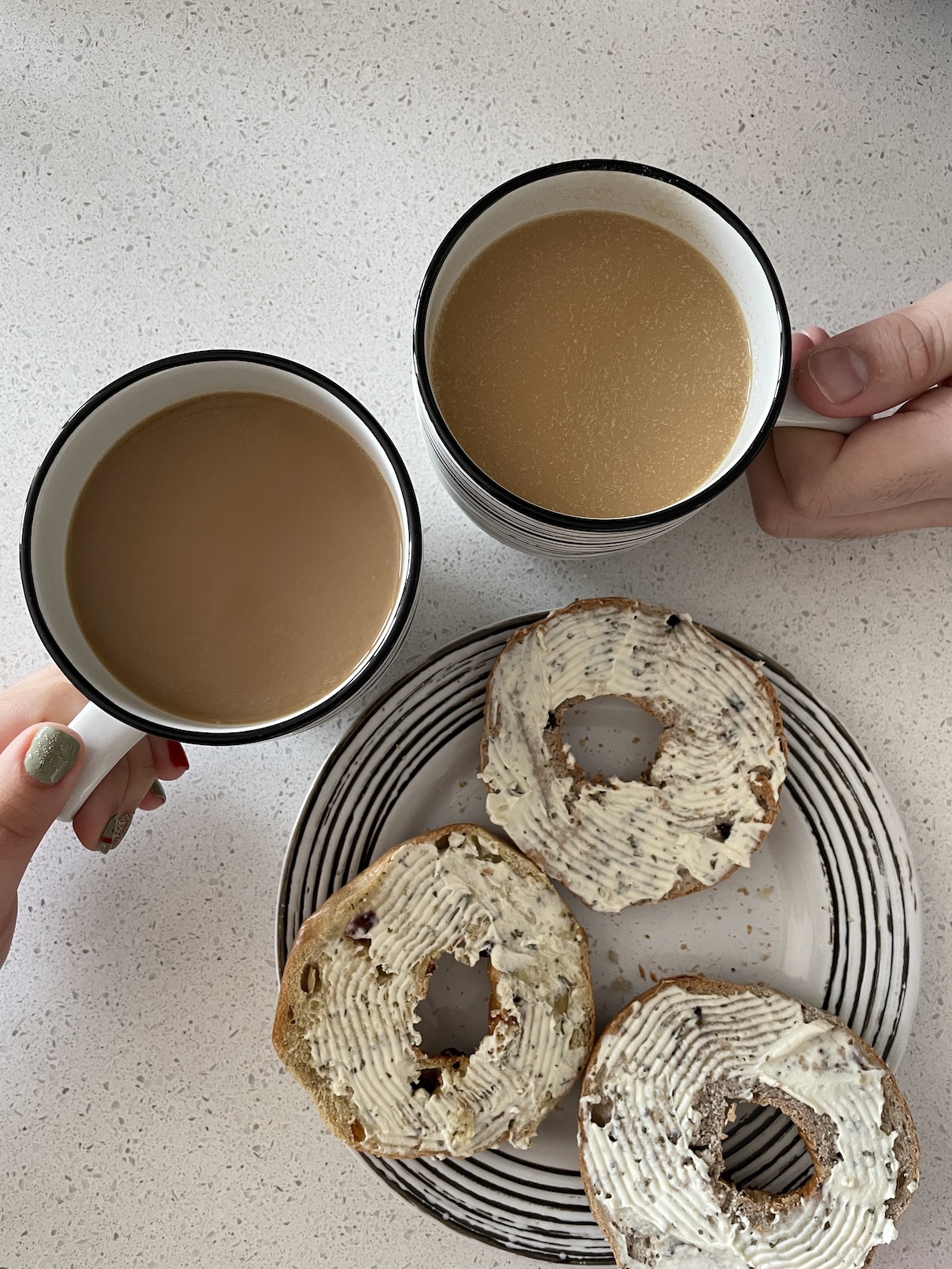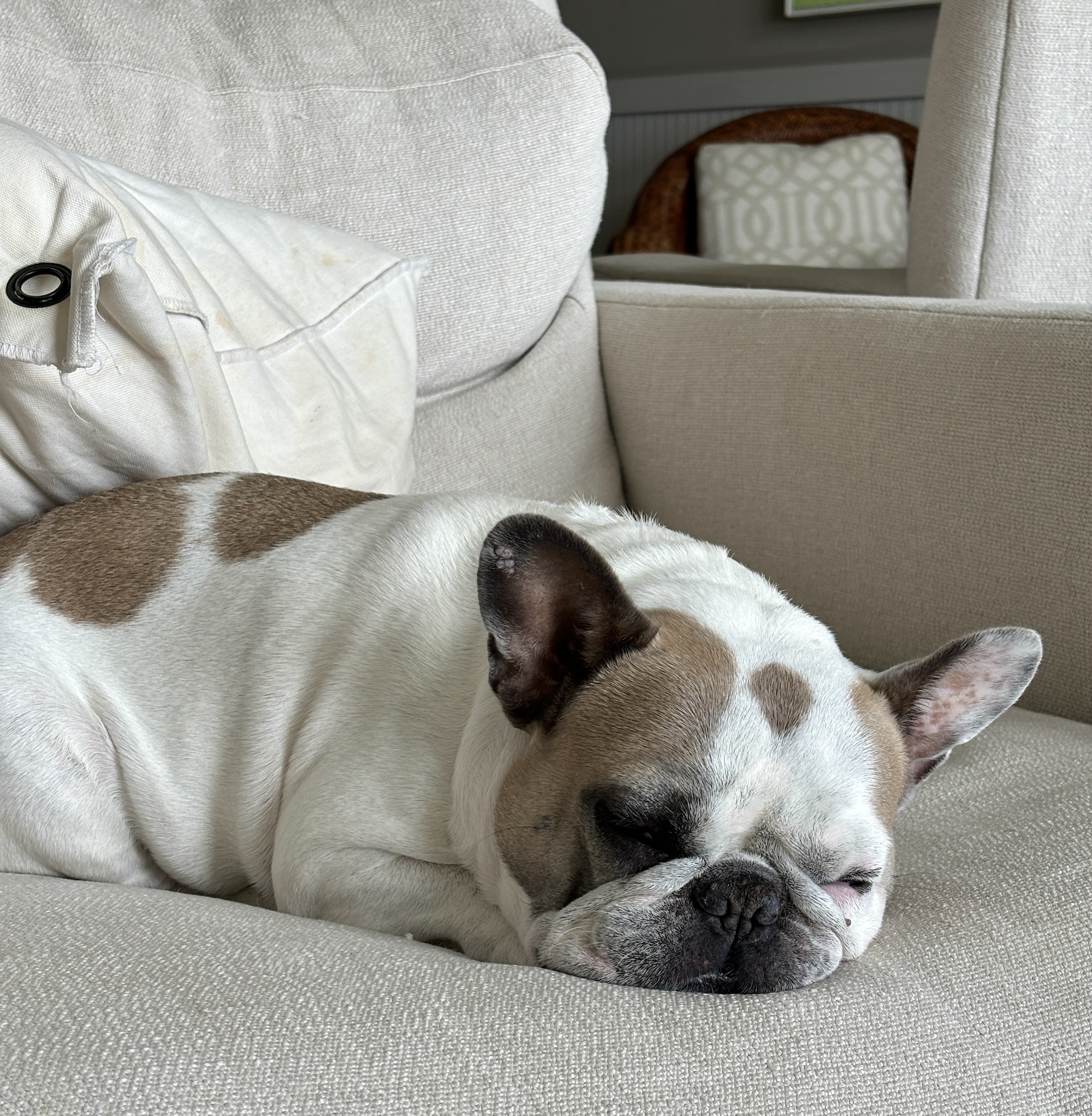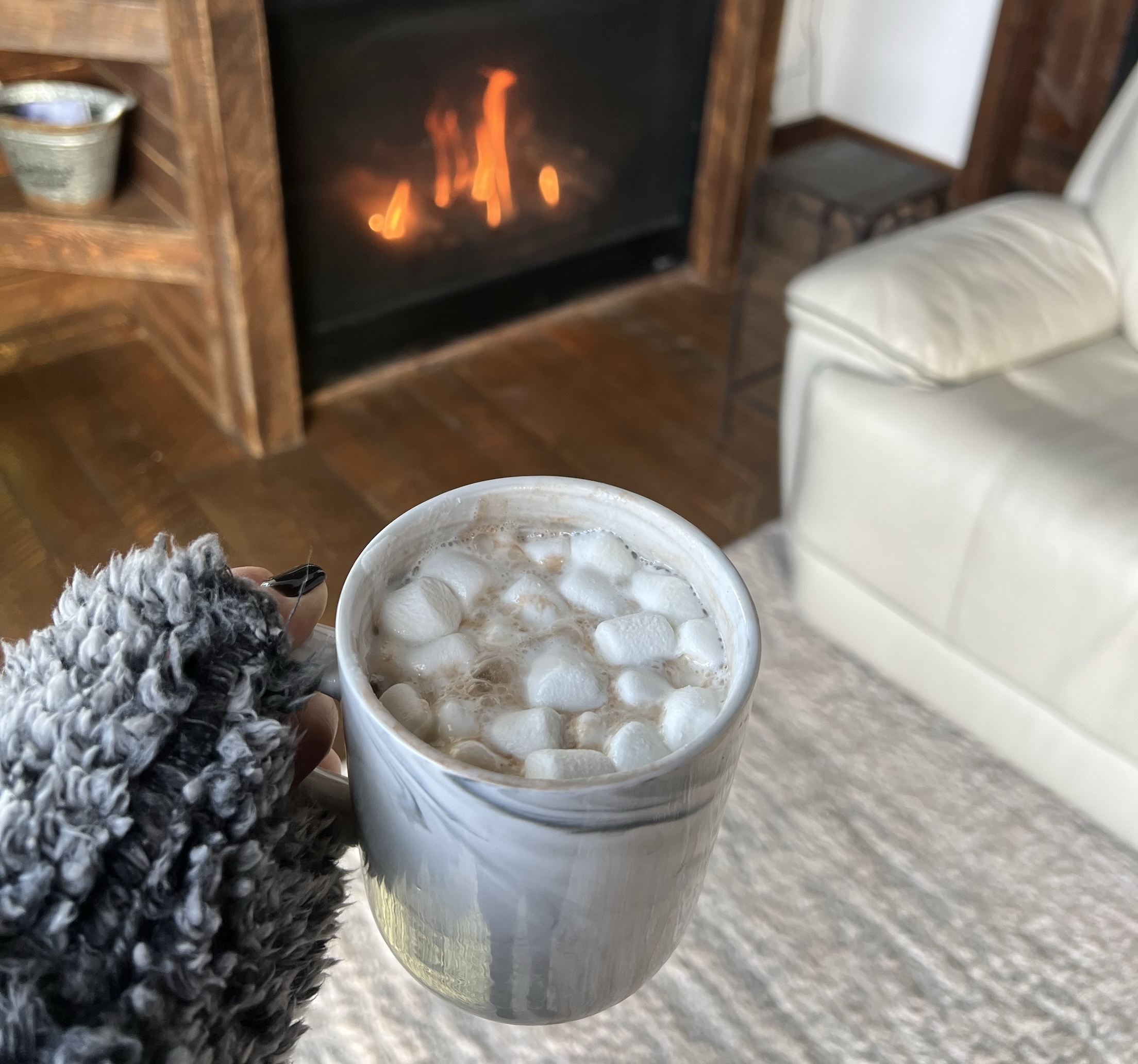Have you ever looked down and wondered, “When did that happen?” That extra padding around your middle can sneak up on you, especially if you’re fond of a cold beer after work. It’s what we lovingly call a “beer belly,” but there’s a lot more to it than just your drink of choice. Let’s dig into what’s really going on with that belly and how you can manage it without giving up your favorite brew.
What Exactly is a “Beer Belly”?
A beer belly isn’t just about beer. It’s a term we use to describe that extra fat around the abdomen. This fat is technically known as visceral fat, and it’s a bit different from the fat you can pinch (subcutaneous fat). Visceral fat surrounds your organs, and it’s the one we need to be more concerned about.
Many people think that only beer drinkers get beer bellies, but that’s not the whole story. Sure, beer has a role, but there are other factors like diet, lifestyle, and even genetics at play here. The next time you hear someone blame their belly entirely on beer, you’ll know there’s more to it.
Common Misconceptions
A big misconception is that beer alone is to blame. In reality, any high-calorie drink or food can contribute to belly fat. Beer just happens to be a common culprit because it’s often consumed in larger quantities and combined with high-calorie snacks.
Visceral Fat vs. Subcutaneous Fat
Let’s break this down. Subcutaneous fat is the squishy stuff right under your skin. It’s the kind you can pinch. Visceral fat, on the other hand, lies deeper inside and wraps around your organs. This is the type of fat that can lead to more serious health problems. Think of visceral fat as the sneaky, hidden danger that you might not notice until it’s too late.
Causes
There are multiple causes for a beer belly, and while beer can contribute, other factors are just as important. Your diet, how much you move, stress levels, and even your sleep patterns all play a part. Genetics also have a say in where your body stores fat. Some people are just more prone to storing fat in their bellies than others.
The Role of Beer in Belly Fat
So, what part does beer really play in all this? Let’s take a closer look.
Alcohol Metabolism
When you drink alcohol, your body prioritizes processing it over other nutrients. This means that while your liver is busy breaking down alcohol, fat burning is put on hold. Instead of burning the calories you eat, your body stores them, often as fat in the abdominal area.
Calories in Beer
Beer, especially the delicious, full-bodied kinds, can be pretty calorie-dense. A typical beer can have around 150 calories, and those add up quickly, especially if you’re having more than one. Craft beers and flavored options can pack even more calories. So, while you’re enjoying that second pint, those extra calories are quietly making their way to your midsection.
Drinking Habits
It’s not just about the beer itself, but how you drink it. Regular consumption, especially in larger quantities, can lead to significant calorie intake. Pair that with some salty snacks or a late-night pizza, and you’ve got a recipe for belly fat.
Beer vs. Other Alcohols
Beer isn’t the only alcohol that can contribute to a belly. All alcoholic drinks have calories, and sugary cocktails can be even worse. A margarita or a rum and Coke can have as many, if not more, calories than a beer. The difference is, beer is often consumed in larger quantities over longer periods, which can make its effects more noticeable.
Diet and Lifestyle Factors
While beer can play a role, let’s not forget the impact of diet and lifestyle on belly fat.
Eating Habits
We all know that what you eat matters. Diets high in processed foods, sugars, and unhealthy fats can lead to weight gain, especially around the belly. Eating large portions or snacking late at night doesn’t help either. The combination of high-calorie foods and a sedentary lifestyle is a surefire way to gain belly fat.
Physical Activity
Lack of exercise is a huge factor. Regular physical activity helps burn off the calories you consume, and it’s particularly effective at reducing visceral fat. Cardio exercises like running, swimming, or even brisk walking can help keep your belly in check. Strength training is also important because it builds muscle, which can increase your metabolism.
Stress and Sleep
Stress and sleep are often overlooked but play a crucial role in weight gain. High stress levels lead to the production of cortisol, a hormone that can increase appetite and lead to fat storage in the belly. Poor sleep can also disrupt your metabolism and increase cravings for unhealthy foods. If you’re not getting enough rest, your body is more likely to hold onto fat.
Age and Hormones
As we get older, our metabolism slows down, and hormonal changes can affect where we store fat. Men tend to gain weight around their middle as their testosterone levels decline, while women might notice more belly fat after menopause due to lower estrogen levels. These changes make it more challenging to keep the belly fat off, but it’s not impossible with the right lifestyle adjustments.
Health Implications of Belly Fat
Belly fat isn’t just about appearances; it has significant health implications. Understanding these can help motivate you to take action.
Health Risks
Visceral fat, the kind found deep within your abdomen, poses a variety of health risks. It’s associated with an increased risk of several serious conditions, including heart disease, type 2 diabetes, high blood pressure, and certain cancers. This type of fat is particularly dangerous because it surrounds vital organs and can interfere with their functions.
Having a larger waistline can also lead to metabolic syndrome, a cluster of conditions that raise your risk of heart disease, stroke, and diabetes. These conditions include increased blood pressure, high blood sugar, excess body fat around the waist, and abnormal cholesterol levels.
Symptoms and Indicators
So, how do you know if your belly fat is putting you at risk? Measuring your waist circumference is a simple way to assess your risk. For women, a waist measurement of more than 35 inches, and for men, more than 40 inches, indicates an increased risk of health problems related to visceral fat.
Other indicators include difficulty managing blood sugar levels, high cholesterol, and high blood pressure. If you’re experiencing these symptoms, it might be time to make some changes to your lifestyle.
Prevention
Preventing excessive belly fat involves making some lifestyle adjustments. A balanced diet, regular exercise, stress management, and good sleep hygiene are all crucial. It’s about creating sustainable habits that you can maintain in the long run. Small changes can make a big difference over time.
Benefits of Reduction
Reducing belly fat can significantly improve your health and wellbeing. You’ll lower your risk of the conditions mentioned earlier, and you’ll likely notice other benefits, like improved energy levels, better sleep, and a boost in self-confidence. Plus, your clothes will fit better, and you’ll feel more comfortable in your own skin.
Practical Tips
Now that we know the risks and causes, let’s talk about how to bust that beer belly for good. Here are some practical tips to get you started.
Balanced Diet
Eating a balanced diet is crucial for reducing belly fat. Focus on whole, unprocessed foods like fruits, vegetables, lean proteins, and whole grains. These foods are nutrient-dense and lower in calories, which can help you maintain a healthy weight.
Cut back on sugary drinks, including sodas and fruit juices, which can contribute to belly fat. Instead, opt for water, herbal teas, or sparkling water with a splash of lemon or lime. It’s also important to watch your portion sizes and avoid late-night snacking.
Exercise Routine
Exercise is a key component of any belly fat reduction plan. Aim for at least 150 minutes of moderate aerobic activity or 75 minutes of vigorous activity each week. This can include activities like walking, running, cycling, or swimming.
Incorporate strength training exercises at least two days a week. Building muscle helps increase your metabolism, which means you’ll burn more calories even at rest. Focus on core-strengthening exercises like planks, sit-ups, and leg raises to target your abdominal muscles.
Moderation in Drinking
You don’t have to give up beer entirely, but moderation is key. Try to limit your alcohol intake to one or two drinks per occasion. Be mindful of the types of beer you’re drinking; lighter options typically have fewer calories.
Consider alternating between alcoholic and non-alcoholic beverages to reduce your overall intake. And remember, it’s not just the beer but also the high-calorie foods that often accompany drinking sessions that can contribute to a beer belly.
Long-Term Changes
Sustainable lifestyle changes are the best way to keep belly fat at bay. Focus on creating healthy habits that you can stick with over the long term. This might mean meal prepping healthy snacks, setting a regular exercise routine, or finding new ways to manage stress, like yoga or meditation.
Making these changes gradually can help ensure they become a permanent part of your lifestyle. Remember, it’s not about quick fixes but about creating a healthier, happier you.
Understanding what causes belly fat and how to manage it can help you take control of your health and wellbeing.
By making mindful choices about what you eat, how much you move, and how you manage stress, you can reduce your risk of serious health problems and feel better overall. And yes, you can still enjoy that occasional cold beer without guilt. It’s all about balance and moderation.
















